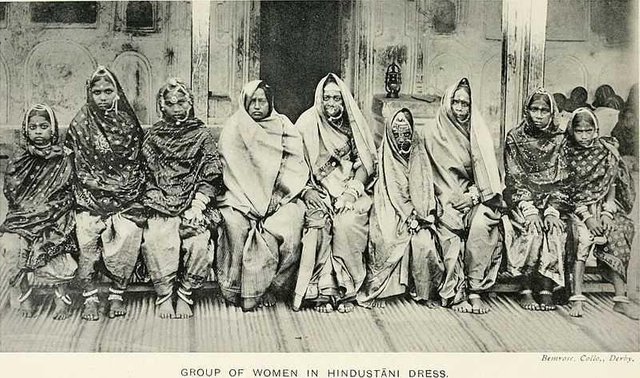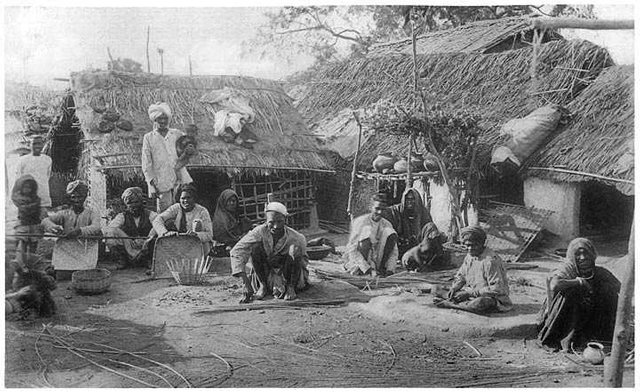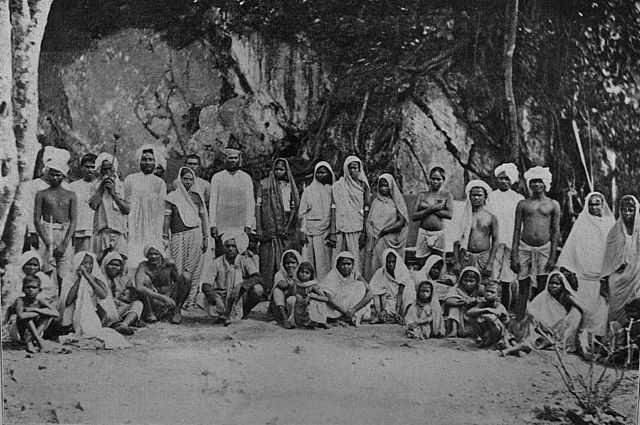Where did caste in India come from?
The complex multi-level structure of Indian society is a mysterious phenomenon.
Many representatives of the younger generation will say today: "We don't care who the caste comes from, we are different, we communicate with everyone". However, the caste system is so strongly sewn into society that it is difficult to predict how many decades or even centuries it will lose its influence.
In deaf villages, people from the lower castes (Dalits) still wash their clothes downstream, away from everyone, not participating in public holidays. In cities, caste events are held (only for "their own"), marriages are organized in one community, bookings are held at universities for lower castes, each of which has a caste certificate - this is the current reality. But where did all this come from?

The word "caste" is widely used in India. It is believed that the correct use of the term "varna", where many castes, "teak". But he noted that in everyday life they still say only "caste". Although this is a Portuguese term, meaning "pure descent", "origin". This term was accustomed to colonial times in relation to social groups called "varny", "teak". The word "teak" contains in its structure the concept of "birth", that is caste associated with birth.
We all hear about the divine theory of the origin of Varna: Brahmins emerge from the mouth of Brahma, the knight of the hands, etc. But there are other versions.
For example, the racial theory that the caste system was born at the time of the arrival of the Aryans in India. The ancient literature emphasizes the difference between Aryan and non-Aryan: in appearance, speech, culture and religious practice. The same word "varna" means "color." The Vedas consider themselves Aryans (nobles), and rival tribes, on the contrary, are not noble. People from other tribes became allies and assimilated in Aria society, but with status under Arya. There are also prisoners for slave status. This raises class differences.

There is a political concept that matches the system created by the ruling circle - Brahmins who want to place themselves at the highest level of social hierarchy. First, the practice of dividing people into classes appeared on the ground near the Ganges River and then spread throughout India.
Proponents of occupation theory argue that only division of labor is the cause of the emergence of castes and many podcasts. Professions that are considered best and honorable, make those who do it higher than those who are involved in simple or dirty work.
According to the theory of evolution, the caste system does not appear suddenly, it is a long process of forming society. In this process, factors such as the inheritance of the profession, the desires of the Brahmins to maintain the purity of their community, lack of strict control by the state, mixed.
Also, some scientists believe that the system of uniting groups of people in "teak" emerged as a means of protection because of a lack of human rights, an unstable political situation and economic insecurity.
Then they strengthen the system of teaching about dharma, which states that someone who is born in a particular caste must follow the rules. This will cause births in a higher status, and violations, on the contrary, to be born in the lower strata. Geographical isolation of the Indian subcontinent, the idea of exclusivity of each type, and ancestral worship contribute to a strong system consolidation.

However, many researchers note that before colonialism, the caste system moved and was rather vague. Britain built a strict hierarchy, used it as a control mechanism. The colonialists carried out a census, distributing people in terms of the usefulness of the regime, the supposed "purity", profession, and tendency to rebellion. The rigid class system of British society was transferred to Indian land and received legal consolidation.
As in all other colonies in India, the policy of "divide and rule" is pursued. People from the higher castes are appointed to administrative positions. This policy caused popular unrest, after which a quota system was introduced, which is still valid. Now, the higher castes are dissatisfied with the fact that a significant percentage of regions in universities and in the public sector are almost for lower caste people.
Caste prejudice is still alive, Dalits face injustice and violence, higher castes cannot get the desired position because of quotas. The caste system continues to bear a heavy burden on the shoulders of society.